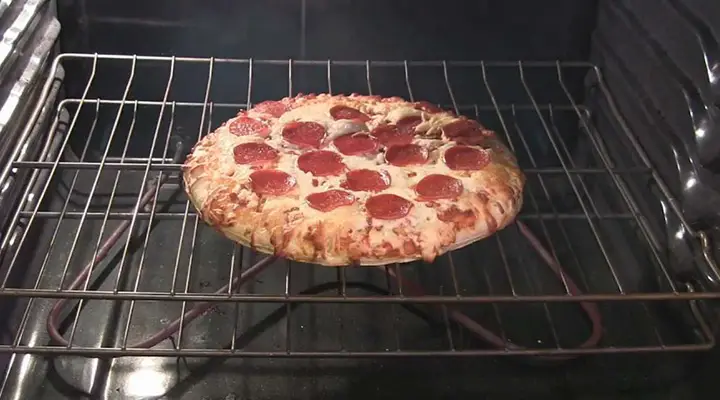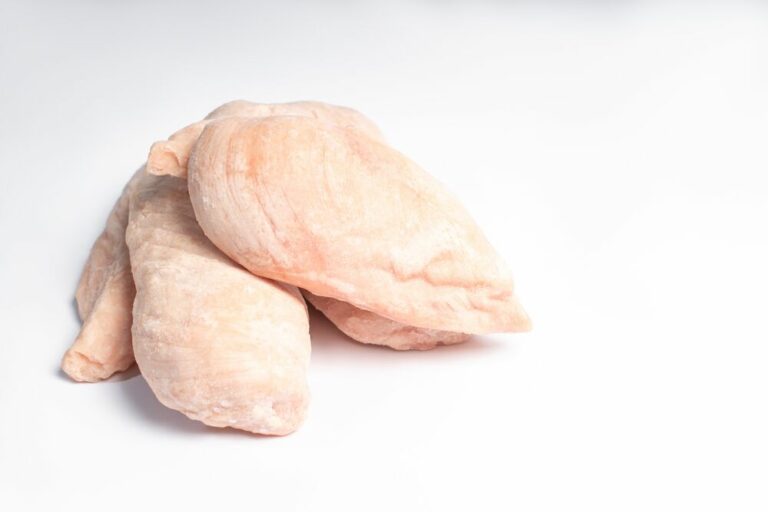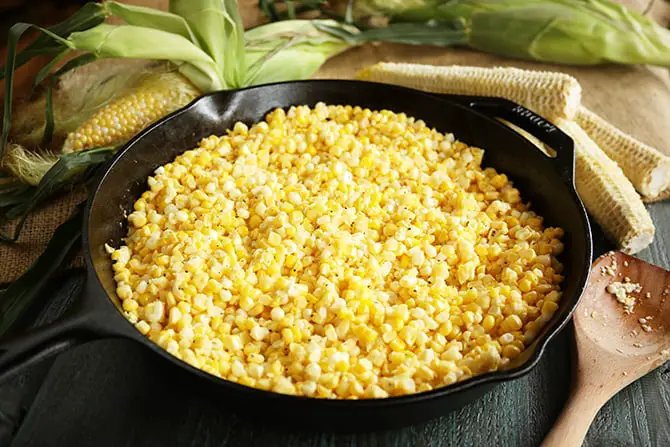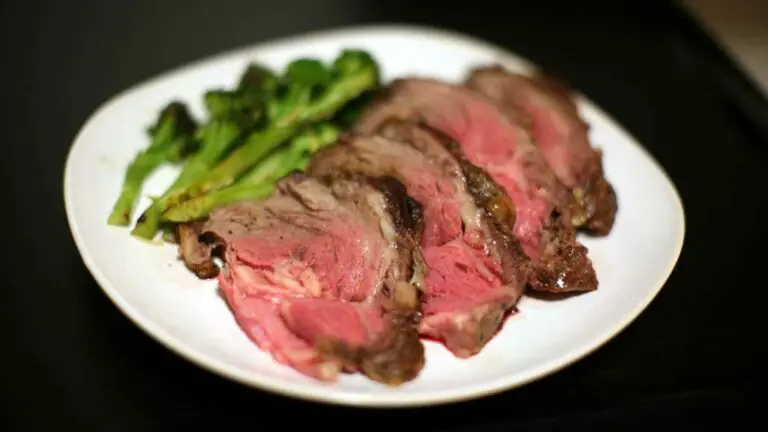When it comes to consuming cold cooked meat, many people wonder about its safety and whether it aligns with food safety standards and practices in the United States. In this article, we will address this concern and provide insights into the US food safety practices regarding cold cooked meat.
Key Takeaways:
- Proper storage and reheating are essential to ensure the safety of cold cooked meat.
- Cold cooked meat should be stored at temperatures below 40°F (4°C) to prevent bacterial growth.
- When reheating, the internal temperature should reach at least 165°F (74°C) to kill potential bacteria.
- Following food safety guidelines helps reduce the risk of foodborne illnesses associated with improperly handled meat.
- Individuals with weakened immune systems, pregnant women, young children, and the elderly are at higher risk of severe complications from foodborne illnesses.
Proper Storage of Cold Cooked Meat
When it comes to ensuring the safety and freshness of cold cooked meat, proper storage is key. By following the recommended guidelines, you can minimize the risk of foodborne illnesses and enjoy your meals without worry.
Cold cooked meat should be stored in the refrigerator at temperatures below 40°F (4°C) to slow down bacterial growth. It is important to store the meat in a sealed container or wrap it tightly in plastic wrap or foil to prevent air exposure and potential contamination. This helps maintain the quality and safety of the meat.
Leftovers should be consumed within three to four days to ensure freshness. If there are any signs of spoilage, such as a foul smell or unusual texture, it is best to discard the meat to avoid any potential illness.
Proper Storage Tips for Cold Cooked Meat
- Store cold cooked meat in the refrigerator at temperatures below 40°F (4°C).
- Use a sealed container or tightly wrap the meat in plastic wrap or foil.
- Consume leftovers within three to four days.
- Discard meat if there are signs of spoilage.
| Proper Storage Tips for Cold Cooked Meat |
|---|
| Store cold cooked meat in the refrigerator at temperatures below 40°F (4°C). |
| Use a sealed container or tightly wrap the meat in plastic wrap or foil. |
| Consume leftovers within three to four days. |
| Discard meat if there are signs of spoilage. |
By following these storage tips, you can ensure the safety and quality of your cold cooked meat. Remember to always prioritize food safety and handle your meals with care. In the next section, we will delve into the proper reheating techniques for cold cooked meat to further enhance its safety and taste.
Reheating Cold Cooked Meat
When it comes to reheating cold cooked meat, proper food safety guidelines should be followed to ensure its safety for consumption. The key factor to consider is the internal temperature of the meat, as this determines whether any potential bacteria present has been effectively killed.
The recommended internal temperature for reheating cooked meat is at least 165°F (74°C) to ensure food safety. It is important to use a food thermometer to accurately measure the temperature and ensure that it reaches this threshold. This applies whether you are reheating the meat in a microwave or an oven.
If using a microwave, it is advisable to stir the meat halfway through the heating process to ensure even heat distribution. This helps to eliminate any cold spots where bacteria may survive. When using an oven, preheat it to 325°F (163°C) and place the meat on a baking sheet. Reheat until the desired internal temperature is reached.
Table: Reheating Temperatures for Different Types of Meat
| Type of Meat | Recommended Internal Temperature |
|---|---|
| Poultry (such as chicken or turkey) | 165°F (74°C) |
| Pork, veal, and lamb | 145°F (63°C) |
| Beef and fish | 145°F (63°C) or higher, depending on preference |
By reheating cold cooked meat to the recommended internal temperature, you can ensure that any potential bacteria is eliminated, reducing the risk of foodborne illnesses. It is important to prioritize food safety and follow these guidelines to enjoy your reheated meat safely.
Potential Risks of Eating Improperly Handled Cold Cooked Meat
Eating improperly handled cold cooked meat can pose significant risks in terms of foodborne illnesses. When meat is stored improperly or not reheated to the correct temperature, it provides an ideal environment for bacterial growth, increasing the chances of contamination and subsequent illness.
One of the main concerns with improperly handled cold cooked meat is the potential for bacterial growth. Bacteria such as Salmonella, Listeria, and E. coli can thrive on meat that has been stored at temperatures above 40°F (4°C) or has not been reheated to the recommended internal temperature of 165°F (74°C). These bacteria can cause severe gastrointestinal symptoms, including nausea, vomiting, diarrhea, and abdominal pain.
Improper storage is another risk factor when it comes to cold cooked meat. If the meat is not stored in a sealed container or wrapped tightly to prevent air exposure, it becomes more susceptible to contamination. Additionally, if leftovers are not consumed within three to four days, the chances of bacterial growth and spoilage increase, further increasing the risk of foodborne illnesses.
| Foodborne Illnesses | Symptoms |
|---|---|
| Salmonella | Nausea, vomiting, diarrhea, abdominal pain |
| Listeria | Fever, muscle aches, headache, stiff neck, confusion |
| E. coli | Severe abdominal cramps, bloody diarrhea, vomiting |
It is important to note that certain individuals are particularly vulnerable to the risks associated with improperly handled cold cooked meat. Pregnant women, young children, the elderly, and those with weakened immune systems are at a higher risk of developing severe complications from foodborne illnesses. Therefore, it is essential to prioritize proper food storage and handling practices to ensure the safety of all individuals.
Tips for Safe Consumption of Cold Cooked Meat
When it comes to enjoying cold cooked meat safely, there are a few key tips to keep in mind. Proper handling is crucial to prevent cross-contamination and ensure the integrity of the meat. Always start by washing your hands thoroughly before and after handling the meat. This helps eliminate any potential bacteria on your hands that could transfer to the meat.
In addition to clean hands, it’s important to use separate cutting boards and utensils for raw and cooked meat. This helps avoid cross-contamination, where bacteria from raw meat can contaminate the cooked meat. By keeping these utensils separate, you can minimize the risk of bacterial transfer and ensure the safety of your meals.
Another important aspect of safe consumption is reheating leftovers properly. When reheating cold cooked meat, make sure it reaches the recommended internal temperature of at least 165°F (74°C). This temperature ensures that any potential bacteria is killed, reducing the risk of foodborne illnesses. Use a food thermometer to accurately measure the internal temperature and ensure thorough reheating.
Lastly, trust your instincts when it comes to the quality and safety of the meat. If you have any doubts about the freshness or if it exhibits signs of spoilage, such as a foul smell or unusual texture, it’s best to err on the side of caution and discard it. Remember, it’s better to be safe than sorry when it comes to food safety.
| Tips for Safe Consumption of Cold Cooked Meat |
|---|
| Wash hands thoroughly before and after handling the meat |
| Use separate cutting boards and utensils for raw and cooked meat |
| Reheat leftovers to the recommended internal temperature of at least 165°F (74°C) |
| Trust your instincts and discard meat that appears spoiled |
Conclusion
In conclusion, it is important to prioritize food safety practices when consuming cold cooked meat. By following proper storage and reheating techniques, we can ensure that the meat remains safe for consumption. Storing the meat at temperatures below 40°F (4°C) helps prevent bacterial growth, while reheating it to at least 165°F (74°C) kills any potential bacteria.
Adhering to food safety guidelines significantly reduces the risk of foodborne illnesses associated with improperly handled meat. It is crucial to store the meat in sealed containers or wrap it tightly to prevent air exposure and contamination. Additionally, leftovers should be consumed within three to four days to maintain freshness and safety.
Remember to wash your hands thoroughly before and after handling the meat to prevent cross-contamination, and use separate cutting boards and utensils for raw and cooked meat. If you are unsure about the quality or safety of the meat, it is always best to discard it to avoid potential illness.
By practicing these food safety practices, we can confidently enjoy our cold cooked meat without compromising our health. Prioritizing proper handling, storage, and reheating techniques ensures that we can savor the delicious flavors of cold cooked meat while keeping ourselves and our loved ones safe.
FAQ
Q: Is it safe to eat cold cooked meat?
A: According to the USDA, it is generally safe to eat cold cooked meat as long as it has been stored properly and reheated to the correct temperature before consuming.
Q: How should I store cold cooked meat?
A: Cold cooked meat should be stored in the refrigerator at temperatures below 40°F (4°C) in a sealed container or tightly wrapped in plastic wrap or foil to prevent air exposure and contamination.
Q: What temperature should I reheat cold cooked meat to?
A: Cold cooked meat should be reheated to an internal temperature of at least 165°F (74°C) to ensure any potential bacteria is killed and reduce the risk of foodborne illnesses.
Q: What are the potential risks of eating improperly handled cold cooked meat?
A: Improperly stored or reheated cold cooked meat can pose risks in terms of foodborne illnesses, as bacteria like Salmonella, Listeria, and E. coli can grow on undercooked or improperly stored meat.
Q: How can I safely consume cold cooked meat?
A: To ensure safe consumption, it is advised to follow proper food safety practices such as washing hands thoroughly, using separate cutting boards and utensils for raw and cooked meat, and reheating leftovers to the proper internal temperature.





